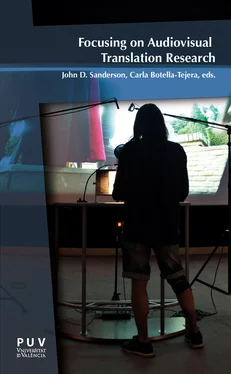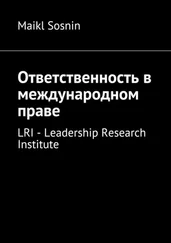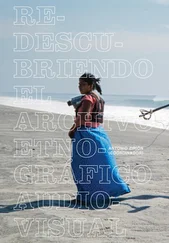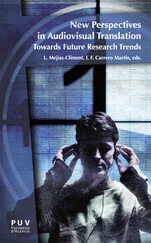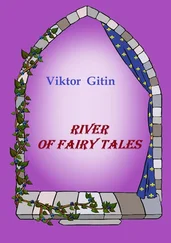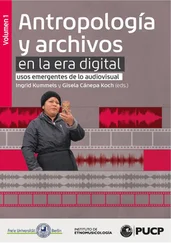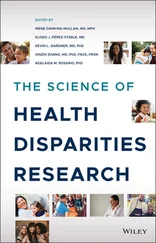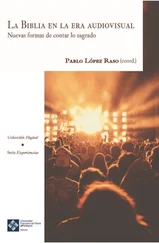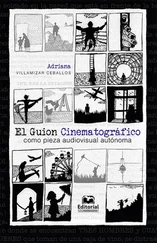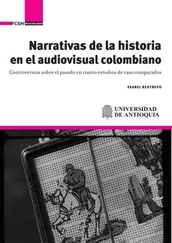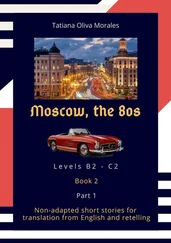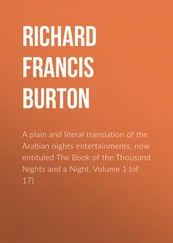AAVV - Focusing on Audiovisual Translation Research
Здесь есть возможность читать онлайн «AAVV - Focusing on Audiovisual Translation Research» — ознакомительный отрывок электронной книги совершенно бесплатно, а после прочтения отрывка купить полную версию. В некоторых случаях можно слушать аудио, скачать через торрент в формате fb2 и присутствует краткое содержание. Жанр: unrecognised, на английском языке. Описание произведения, (предисловие) а так же отзывы посетителей доступны на портале библиотеки ЛибКат.
- Название:Focusing on Audiovisual Translation Research
- Автор:
- Жанр:
- Год:неизвестен
- ISBN:нет данных
- Рейтинг книги:4 / 5. Голосов: 1
-
Избранное:Добавить в избранное
- Отзывы:
-
Ваша оценка:
- 80
- 1
- 2
- 3
- 4
- 5
Focusing on Audiovisual Translation Research: краткое содержание, описание и аннотация
Предлагаем к чтению аннотацию, описание, краткое содержание или предисловие (зависит от того, что написал сам автор книги «Focusing on Audiovisual Translation Research»). Если вы не нашли необходимую информацию о книге — напишите в комментариях, мы постараемся отыскать её.
Focusing on Audiovisual Translation Research — читать онлайн ознакомительный отрывок
Ниже представлен текст книги, разбитый по страницам. Система сохранения места последней прочитанной страницы, позволяет с удобством читать онлайн бесплатно книгу «Focusing on Audiovisual Translation Research», без необходимости каждый раз заново искать на чём Вы остановились. Поставьте закладку, и сможете в любой момент перейти на страницу, на которой закончили чтение.
Интервал:
Закладка:
Technical production (whether it is dubbing, subtitling, voice-over or surtitling) is, therefore, an overwhelming issue of the translation process, and that is why the presentation of Bazán’s own professional experience in his chapter on “The adaptation for audio-visual translation and the language service providers” will be extremely helpful for the rest of the members of the semiotic chain of production of the language transfer process. He writes about knowhow technical strategies to apply when the target texts submitted do not fit into the timing constraints, almost a pledge for translators to take some extra revision time before submitting their texts. In some extreme cases, his production team on occasions has even had to slightly slow down the video for voice-over presentations or speed up the recorded voice, everything in order to synchronize sound and image. He rounds off his text, which makes for thrilling reading, with a useful list of recommendations linked to the professional relationship with Language Service Providers, sprinkled with a much appreciated humor.
Humor is the topic of the only chapter in this volume which does not deal with a specific mode of screen translation, since the aim of Martínez Sierra’s contribution, “Humorous elements and signifying codes. Points of convergence in audiovisual products”, is to broadly systematize how it functions in audiovisual productions, and therefore provide many tips concerning how its perlocutionary effect can be transferred to target texts. The author brings his research together with that of the above mentioned Chaume in order to generate a convergence which derives into a study of signifying codes that contributes to the understanding of how audiovisual humor works and, consequently, how it can be translated.
Last, but not least, we must foreground Pérez Escudero’s metaresearching contribution, “A bibliometric analysis of doctoral dissertations in the subdiscipline of audiovisual translation”, which shares the general spirit of this volume. The expanding interest on this academic field is confirmed by the geometrical increase in the number of dissertations presented worldwide. In accordance with the nationality of most contributors to this volume, Spanish is the second most used language in dissertations concerning the field (23,33% of the total), obviously after English, and very far ahead of the third (Portuguese, with 10,61%). However, more surprising is the fact that Spain, and also France, already have more dissertations focused on subtitling than on dubbing in spite of the fact that their traditional mode of screen translation is the latter. A new trend could be anticipated in academic circles, with its consequences coming soon to screens near you.
On the whole, our aim is that this compilation of contributions in which audiovisual translation is its main thread, but is also connected with other linguistic fields, will answer a lot of questions and also encourage further empirical research on this area of studies. It makes up a general vision of different approaches, mainly pedagogical, hoping that the current dynamics experienced on this field of research can expand even further, and that new debates will hopefully be opened in the near future.
JOHN D. SANDERSON
CARLA BOTELLA-TEJERA
1
TeenTitles. Implementation of a methodology based on Teenage subTitles to improve written skills
JOSÉ JAVIER ÁVILA-CABRERA
Universidad Complutense de Madrid
AbstractAudiovisual translation in the foreign languages (L2) classroom is gaining ground both among scholars and language teachers. Owing to the low level of foreign language ability shown by a considerable number of students in Spain, new methodologies need to be implemented to teach English in secondary schools. The present chapter focuses on interlingual subtitling as an active task to improve students’ written English skills. This quasi-experiment was carried out in a secondary school in the north of Madrid and concerned students in the third grade (i.e. the 14-15 year age group). A control and an experimental group were evaluated on the basis of a composition written in English and submitted at the end of term using written assessment criteria. The experimental group had a number of interlingual subtitling classes and used the open access website Amara, which enables users to subtitle videos in L2. The participants also filled in a preand post-study questionnaire so that the researcher could obtain some qualitative data. This study was carried out to provide teachers and researchers with a number of recommendations and a good practice guide to enable teenage students to improve their L2 written skills using active subtitling as a teaching method. Keywords : Interlingual subtitling; written skills; secondary students; quasi-experimental design.
1 Introduction
Teachers of English as a foreign language (L2) are very much in need of new methodologies in the classroom. Gaining the attention of their students and making learning an enjoyable and interesting process is not an easy task, particularly where teenagers are concerned. In Spain, for example, a considerable number of teenagers find it difficult to express themselves in written English. The use of audiovisual translation (AVT) is therefore proving a feasible tool for youngsters (including millennials and digital natives), as they are very much used to dealing with digital material. Thus, the use of audiovisual content in the classroom can at least make children pay more attention, as well as making the learning process an entertaining and enjoyable activity. Subtitling as an active task was considered as a potential solution to improving Spanish secondary students’ written skills, since the activities related to it can be entertaining, dynamic and stimulating and are, therefore, capable of breaking the routine monotony of the classroom.
This study focuses mainly on interlingual subtitling (the transfer of an audiovisual text from a source language into a target language considering the cultures involved) as a tool that can help students to produce better texts in English and improve their written skills. To do this, the researcher followed a series of steps, some of which should have been carried out by the students more thoroughly so that the subtitling activities could have resulted in improved L2 written language production.
The present paper is arranged in the following manner so that it: (1) explains the steps followed in the experiment; (2) observes and discusses the results brought to light by this method, which can vary according to the participants involved; and (3) provides foreign language practitioners and scholars with sound practice guidelines for similar projects including teenagers learning an L2.
2 Subtitling as a tool in the foreign language classroom
Given the variety of AVT, and depending on the skills that need to be improved in the L2 classroom, teachers and scholars are able to make use of a whole array of activities aimed to improve different skills with the support of ICT tools. Different approaches have been taken over the years with regard to dealing with subtitling as a tool in foreign language education. An increasing number of studies on the use of subtitles in the classroom have been conducted during the last decades (Borrás and Lafayette 1994; Danan 1992, 2004, 2015; Díaz Cintas 1995, 2012; Gambier 2015; Incalcaterra and Lertola 2011, 2014; Neves 2004; Talaván 2006, 2011, 2013; Vander-plank 1998, 2015, among others).
Díaz Cintas (2001) divides the different types of subtitles into intralingual (both the audio and the subtitles are in the same language, from L2 to L2), interlingual (the audio is in one language and the subtitles in another, from L2 to L1) and bilingual (the audio is in one language and the subtitles in the same language along with a second, from L1 to L1 and L2). As far as subtitles with a didactic purpose are concerned, Talaván (2013) establishes a taxonomy as follows: bimodal subtitles (audio in L2 and subtitles in L2, intralingual); traditional or standard subtitles (audio in L2 and subtitles in L1, interlingual); and reverse subtitles (audio in L1 and subtitles in L2, interlingual). The term used for the purposes of this experiment is interlingual subtitles. From a didactic point of view, some authors support the idea that “through subtitling, be it reverse or direct/traditional, learners perform a task within a complete didactic context involving images, sounds, translation and the use of ICTs” (Talaván and Rodríguez-Arancón 2014: 86). This provides teachers with numerous ways in which to exploit active subtitling in the L2 class, combining “verbal and non-verbal sounds, graphemes and other visual semiotic signs” (Zabalbeascoa 2008: 34) as elements that conform to the audiovisual text.
Читать дальшеИнтервал:
Закладка:
Похожие книги на «Focusing on Audiovisual Translation Research»
Представляем Вашему вниманию похожие книги на «Focusing on Audiovisual Translation Research» списком для выбора. Мы отобрали схожую по названию и смыслу литературу в надежде предоставить читателям больше вариантов отыскать новые, интересные, ещё непрочитанные произведения.
Обсуждение, отзывы о книге «Focusing on Audiovisual Translation Research» и просто собственные мнения читателей. Оставьте ваши комментарии, напишите, что Вы думаете о произведении, его смысле или главных героях. Укажите что конкретно понравилось, а что нет, и почему Вы так считаете.
